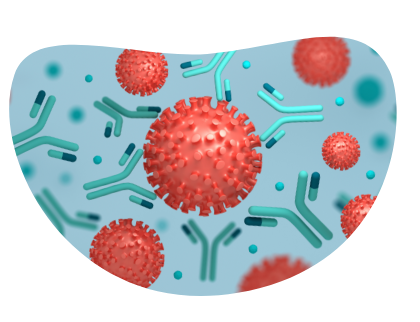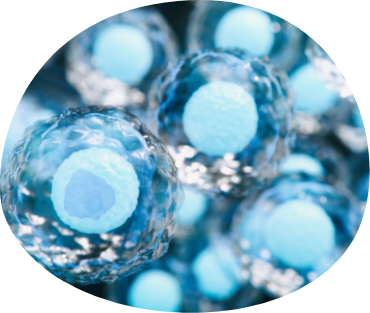Secondary Immunodeficiency (SID) Treatment

Since SID is caused by an underlying condition or disorder, treatment of the root cause of SID may improve it.
Generally, treatment of SID may involve:
- General prevention measures including certain vaccines to prevent infection
- Managing infections that might still occur
- Replacing certain components of the immune system, if possible
You can reduce your risk of infection by:
- Staying away from people who may be sick
- Making sure your food is cooked through
- Drinking water that you know to be clean
- Avoiding live-virus vaccines if your immunodeficiency affects a certain type of white blood cell
Treating Infections that Might Occur
Antibiotics help kill bacteria. They may be given to someone with immunodeficiency at the first sign that an infection is starting. They could also be given before procedures where an infection could occur, such as surgery or dental procedures. Since people with immunodeficiency may be prone to getting infections, they might be given antibiotics.
Some types of immunodeficiency increase the risk for viral infections. In those cases, antivirals might be given at the first sign of infection.
Replacing Immune Components

Replacing part of the immune system is one way that PID and SID are treated. This can involve replacement antibodies, a bone marrow transplant, a thymus tissue transplant, and gene therapy.
Immunodeficiency may affect how antibodies are made, so antibodies (also called immunoglobulin) from the blood of people with a typical immune system might be used to help reduce the risk of infection. This is called immunoglobulin replacement therapy, or IgRT. The IgRT is usually injected through a vein (IVIG) or under the skin (SCIG). Repeated injections are needed if the antibody-producing cells are not working properly.
IVIG is administered by a doctor or nurse in a clinic every few weeks. SCIG is administered by a doctor or a nurse in a clinic or self-administered at home as recommended by your doctor.
A bone marrow transplant, also called a stem cell transplant, may be an appropriate treatment for a person with PID. This involves taking immune cells from the bone marrow or blood of healthy people and injecting them in the blood stream of a person with immunodeficiency. The transplanted stem cells will go back into the bone marrow and, in time, start making normal immune cells.
A thymus tissue transplant is may be helpful for people with immunodeficiency. The thymus is where T cells mature. If it is missing, then a thymus transplant could be life-saving. Before the transplant, the new thymus must first be treated to remove any mature T cells inside of it. This is done so that the mature T cells do not start an immune response against the recipient’s tissue.
Gene may be used to help people with immunodeficiency. Gene therapy involves inserting a normal gene into a person’s cells such that the gene begins working normally. Clinical trials have shown some success in several diseases, including a type of immunodeficiency.





